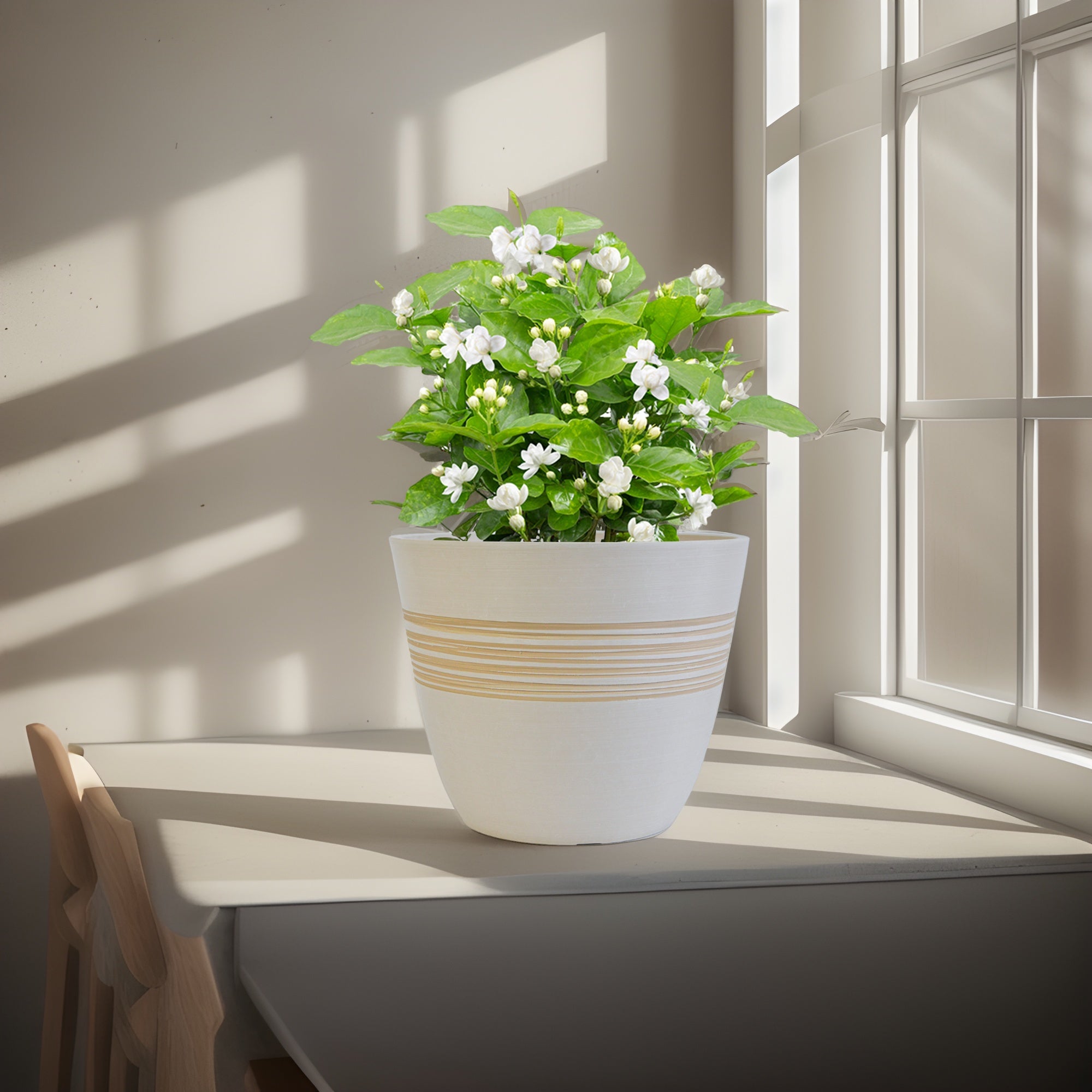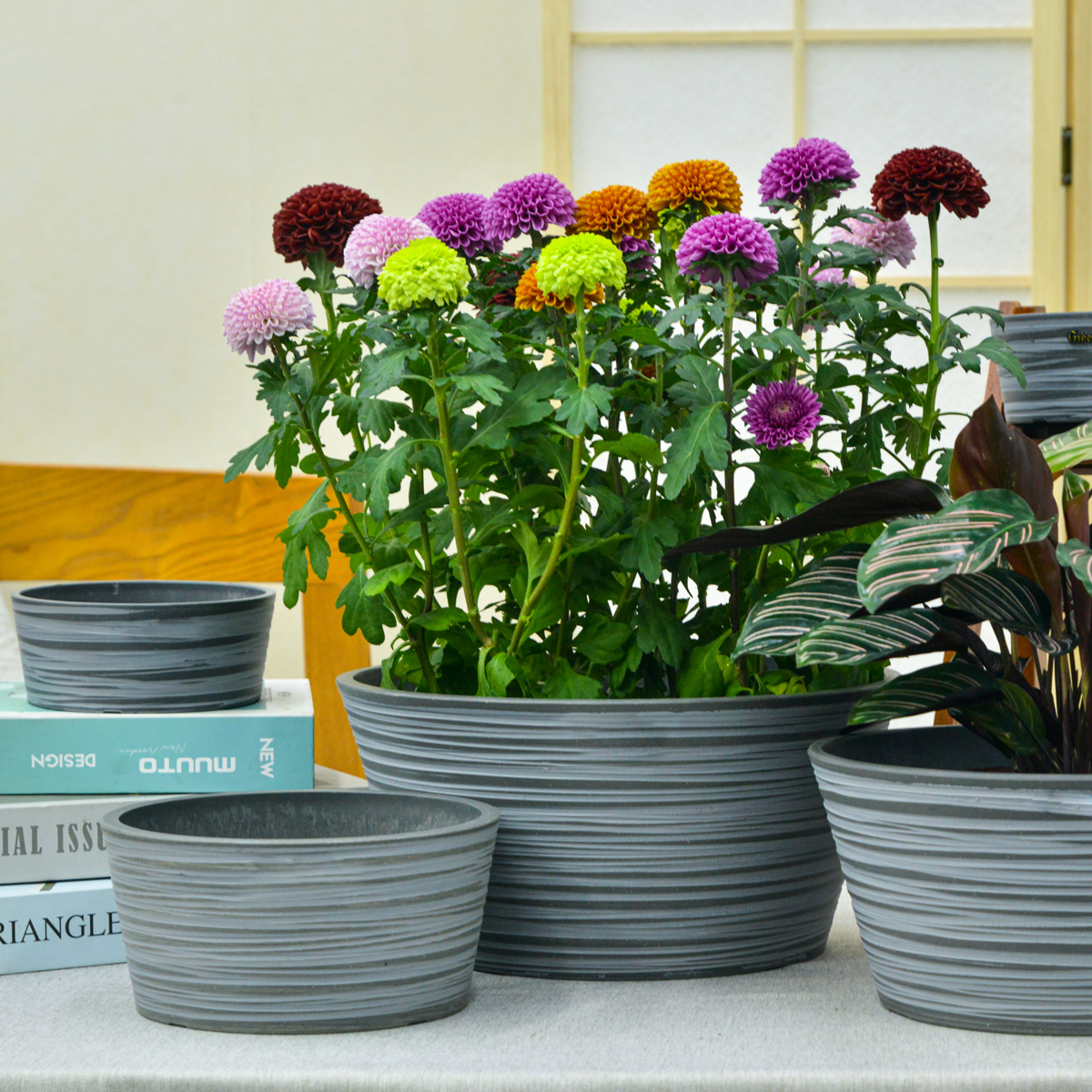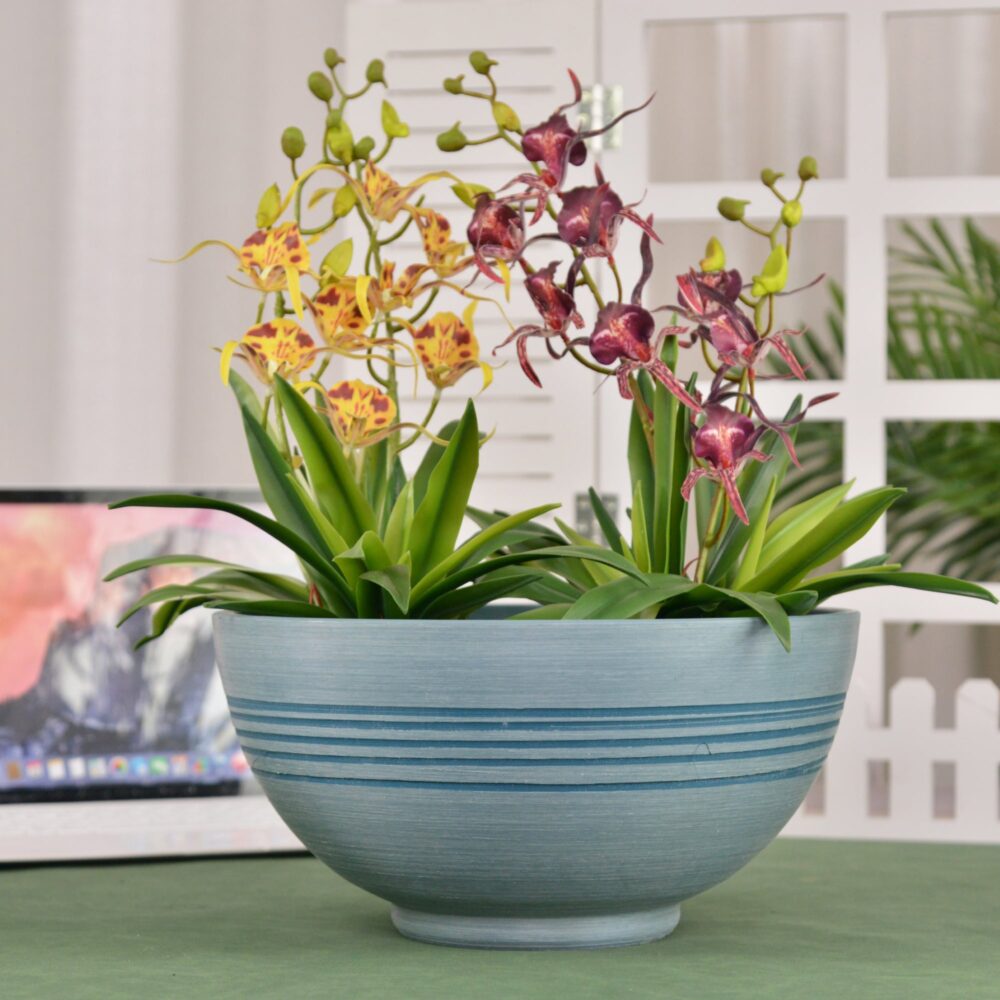Grounds for Growth: Using Coffee Grounds as Garden Fertilizer in the USA
For many Americans, a morning cup of coffee is an essential start to the day. But what happens to those leftover coffee grounds? Instead of tossing them in the trash, savvy gardeners across the USA are discovering the fantastic benefits of using coffee grounds as a natural and effective garden fertilizer. This guide will explore how to harness the power of your daily brew to boost your plants and improve your soil.
The Perks of Using Coffee Grounds in Your Garden:
Recycling your used coffee grounds is not only eco-friendly but also incredibly beneficial for your garden. Here’s why:
- Rich in Nutrients: Coffee grounds contain essential nutrients like nitrogen, phosphorus, and potassium, which are vital for healthy plant growth. They also provide valuable micronutrients.
- Soil Amendment: Adding coffee grounds to your soil can improve its structure. They help with drainage and aeration in heavy clay soils and increase water retention in sandy soils.
- Slow-Release Fertilizer: Coffee grounds break down slowly, providing a gradual release of nutrients over time, feeding your plants steadily.
- Attracts Earthworms: These beneficial creatures love coffee grounds! Earthworm activity improves soil health, aeration, and nutrient cycling.
- Slightly Acidic: Used coffee grounds are nearly pH neutral (contrary to popular belief about fresh grounds), making them suitable for a wide variety of plants. However, very fresh grounds can be more acidic and should be used with caution.
- May Deter Some Pests: Some gardeners report that coffee grounds can help deter slugs, snails, and even cats from the garden.
How to Use Coffee Grounds as Fertilizer:
There are several ways to incorporate coffee grounds into your gardening routine:
- Directly Add to Soil: For a slow-release fertilizer, sprinkle a thin layer of used coffee grounds around the base of your plants and gently work them into the top layer of the soil. Be careful not to apply too thickly, as this can create a barrier to water and air.
- Mix into Compost: Coffee grounds are an excellent addition to your compost pile. They are considered a “green” material, rich in nitrogen, and help balance out “brown” carbon-rich materials like dried leaves.
- Create a Liquid Fertilizer (“Coffee Ground Tea”): Soak about 2 cups of used coffee grounds in a 5-gallon bucket of water for a few hours or overnight. Use this “tea” to water your plants, providing them with a gentle boost of nutrients. You can also use this as a foliar feed, spraying it directly onto the leaves and stems.
- Use as Mulch: A thin layer of coffee grounds can be used as mulch around plants to help retain moisture, suppress weeds, and gradually release nutrients into the soil. Apply a thin layer and avoid piling it up around the plant stems.

Best Plants for Coffee Grounds:
While many plants benefit from coffee grounds, some particularly love them, including:
- Acid-Loving Plants: Azaleas, rhododendrons, blueberries, and hydrangeas may appreciate the slight acidity of coffee grounds (especially when using them fresh or in moderation).
- Tomatoes: These heavy feeders benefit from the nitrogen and other nutrients in coffee grounds.
- Roses: Coffee grounds are often recommended for boosting the growth and blooms of roses.
- Vegetables: Cabbage, fruit trees, corn, and soybeans can also benefit.
Potential Drawbacks and Precautions:
While generally beneficial, there are a few things to keep in mind when using coffee grounds:
- Avoid Using Too Much: Over-application can lead to excessive moisture retention and potentially hinder plant growth. Apply in thin layers.
- Fresh vs. Used: Used coffee grounds are preferred as they are less acidic and have had some of their caffeine leached out. Fresh grounds can be too strong and potentially harm roots.
- Not Suitable for All Plants: Some plants, like beans and bean-related plants, may not react well to direct application of coffee grounds. Observe your plants and adjust accordingly.
- Caffeine Concerns: While the amount of caffeine remaining in used coffee grounds is low, some studies suggest it could potentially inhibit the germination of certain seeds or the growth of very young seedlings. Use sparingly around these.
Coffee Grounds and Your Garden:
For American gardeners looking for a sustainable and readily available fertilizer, coffee grounds are a fantastic resource. Whether you’re growing vegetables in your backyard, tending to vibrant flower beds, or nurturing indoor plants, your daily coffee ritual can contribute to a thriving garden. So next time you brew a pot, remember the potential of those grounds and give your plants a natural, nutrient-rich boost!
20VD
By greenship|2024-08-13T06:43:41+00:00August 13, 2024|Categories: Hand-carving Series|
Planter for Indoor Outdoor Plants, Set of 2 Modern Decorative Plant Pots with Drainage Hole, Decorative Flower Pots
By greenship-seo|2025-04-10T07:46:01+00:00January 9, 2025|Categories: Hand-carving Series|Tags: Decorative Flower Pots, Self-Watering Pots|
Modern Plant Pots with Drainage – Indoor & Outdoor Use (6″ Widths)
By greenship-seo|2025-04-10T06:29:43+00:00February 6, 2025|Categories: Hand-carving Series|Tags: Decorative Flower Pots|
11THD
By greenship|2024-08-13T02:52:20+00:00August 13, 2024|Categories: Hand-carving Series|
13 inch Planter for Indoor Plants, Set of 2 Modern Decorative Plant Pots with Drainage Hole, Cute Bowl Shape Flower Pots
By greenship-seo|2025-04-10T07:41:46+00:00January 10, 2025|Categories: Hand-carving Series|Tags: Decorative Flower Pots, Self-Watering Pots|
11TH
By greenship|2024-08-13T02:50:25+00:00August 13, 2024|Categories: Hand-carving Series|






